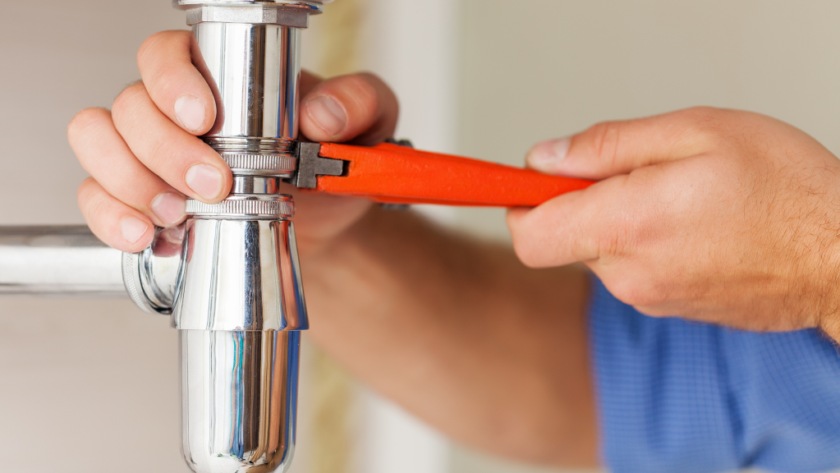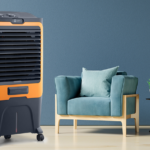Are you a homeowner? If so, it’s important to understand the basics of plumbing to prevent plumbing emergencies. Knowing how to spot warning signs of potential issues as well as knowing when and how to fix simple problems yourself can help you avoid costly repairs or water damage.
In this article, we will cover the common signs of plumbing problems. We’ll explain the importance of proper maintenance and inspection for early detection of potential issues. Finally, we’ll provide tips on how to fix simple issues yourself and when it is time to call a professional.
Common Signs of Plumbing Problems
Many plumbing problems begin with warning signs that are easy to miss. Keep an eye (and ear) out for the following:
- Strange noises from pipes, such as loud banging, hissing, or whistling.
- Water backing up in tubs, toilets, and sinks.
- Discolored water coming from faucets or drains.
- Low water pressure or a decrease in water pressure when multiple fixtures are used at the same time.
- Leaks around fixtures, pipes, and plumbing systems when they are not in use.
- Unpleasant odors from drains.
If you notice any of these signs, it’s important to address them as soon as possible before the issue gets worse.
The Importance of Maintenance and Inspection
To avoid plumbing emergencies, it’s important to regularly inspect and maintain your plumbing system. Inspecting pipes and fixtures for corrosion, rust, or other signs of damage can help you spot potential issues before they become serious.
Additionally, regularly cleaning out drains and removing any debris can also help keep your plumbing system running smoothly. This is especially important for the kitchen drain, which can easily become clogged with food and grease.
Tips On How to Fix Simple Issues Yourself
There are several simple plumbing repairs that novice homeowners can do on their own with the right tools and some basic knowledge. Here are a few tips for fixing simple problems yourself:
- Unclog drains. If you have a clogged sink, tub, or toilet, you can use a plunger to try and unclog it. You may also be able to loosen clogs with an auger or plumber’s snake. Just be sure to use proper safety equipment when using these tools.
- Tighten or replace fittings. Fittings, such as supply tubes and hose bibs, can become loose over time and lead to leaks. Regularly inspect fittings and tighten them if needed with a wrench or pliers. If the fitting is damaged, you may need to replace it.
- Replace washers. If you’re having issues with leaks in your faucets or showerheads, the issue may be with the washer. You can usually purchase a replacement at any home improvement store and easily replace the old washer yourself with some basic tools.
These are just a few basic tips to get you started. If any of these repairs or inspections seem difficult or require specialized tools, it’s best to call a professional for help.
When It’s Time To Call A Professional
If the problem is too complex for a novice homeowner or requires specialized tools and equipment, it’s time to call in a professional plumbing company in Kaysville. A professional plumber will be able to diagnose and repair more serious plumbing issues, such as broken pipes or clogged sewer lines.
If you’re having a plumbing emergency, it’s important to call a professional right away. Plumbing problems only get worse over time, so taking care of them quickly can save you time and money in the long run.
Now that you know what to look out for and when it’s time to call a professional, you can rest assured knowing that your plumbing system is in good hands. Preventing plumbing emergencies is as easy as staying on top of maintenance and inspections, fixing minor issues yourself, and calling a professional when needed.
By following these simple tips, you can save yourself time, money, and stress in the future.



